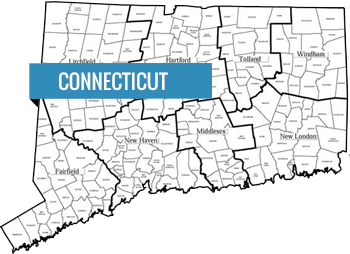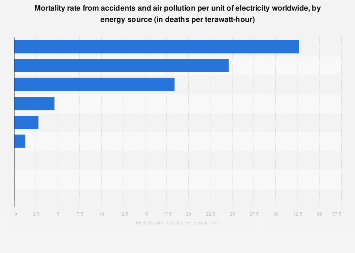Five sorts of organizations and associations own transmission lines


Pulse Power rates determine the owners of the transmission lines
- Many transmission proprietors are completely coordinated, financial backer claimed utilities, which means they claim and work transmission frameworks, power plants, and an appropriation framework that conveys the capacity to retail clients. The Southern Company in the southeastern United States and Public Grid in the upper east are instances of coordinated utilities.
- A developing number of managed transmission proprietors possess and work a conveyance framework, however don’t claim any power plants. New Britain’s National Grid Company is an illustration of such an organization.
- A couple of managed transmission proprietor’s transmission, yet don’t own any force plants and don’t appropriate power to homes or organizations. The Vermont Electric Power Company is an illustration of this kind of genuinely abnormal design.
- Merchant organizations additionally can claim transmission. The Madison, Wisconsin-based American Transmission Company is an illustration of an organization that procures a profit from its ventures put together not concerning costs, however, on what the market will pay to utilize its transmission lines.
- Some purchasers possessed and freely claimed electric organizations’ transmission. These elements normally are not managed by state and government commissions. Some transmission proprietors in this class are public specialists, for example, the New York Power Authority or Arizona’s Salt River Project. Others are government power organizations, for example, the Northwest’s Bonneville Power Administration. Few are working nearby with the government like the Los Angeles Department of Water and Power, and some are buyer-possessed cooperatives, like the Dixie Electric Membership Organization in Louisiana. The last two classifications will, in general, be little associations that regularly pool their assets to make a joint activity organization (on account of public force), like the Vermont Public Force Supply Association; or a Generation and Transmission Agreeable (on account of cooperatives); or the Dairyland Power Agreeable, which works basically in Wisconsin. These together claimed associations assemble and money transmission.
Distribution companies are important for the transmission
Conveyance organizations are managed utilities that offer the capacity to property holders and organizations. Dispersion organizations need the transmission framework to carry power from power plants to their circulation lines. Many own or control the transmission offices they need to acquire admittance to the force commercial center. All appropriation organizations endeavor to foresee and afterward plan for their purchasers’ power needs. Therefore, they will in general be unmistakably mindful of financial and segment patterns what’s more, in pieces of the country where a provincial framework organizer exists, are vital for local plans. Dispersion organizations work as syndications in states that permit rivalry and in states that don’t. Along these lines, even in states like Ohio, where mortgage holders and organizations can pick their power supplier, the appropriation organization conveys control over its dissemination lines.
Utilities of transmission dependents
Some conveyance organizations own no transmission offices. They use their conveyance framework to serve retail clients, maybe work a few ages, and rely upon encompassing proprietors of transmission to meet the rest of their necessities. Indeed, even a theoretical transmission-subordinate utility that claims and works sufficient force plants to meet all its clients’ interests actually would be associated with the provincial framework to back up its force plants and to offer different types of assistance expected to convey the power dependably.
